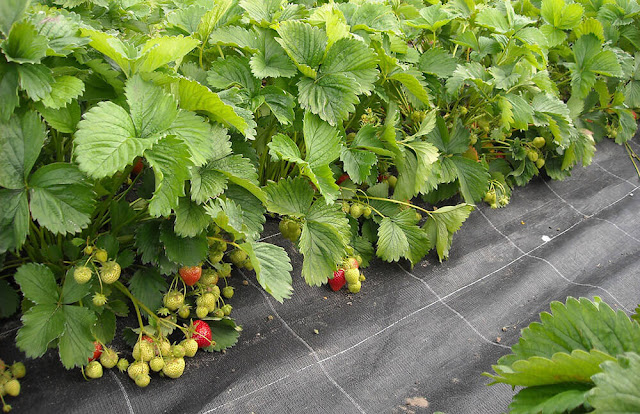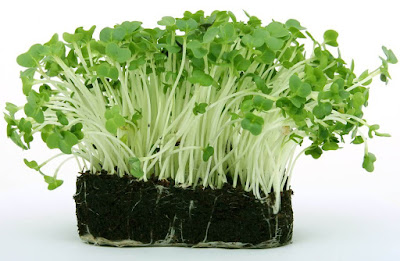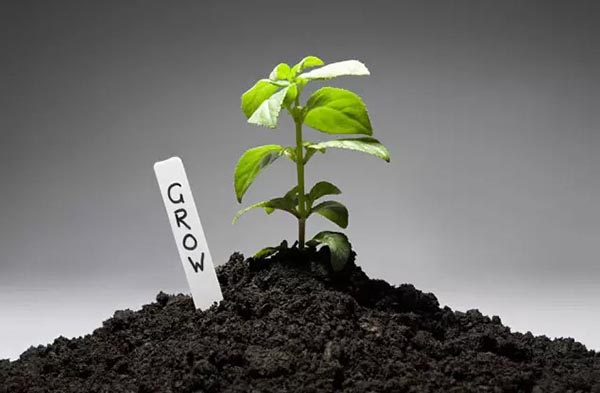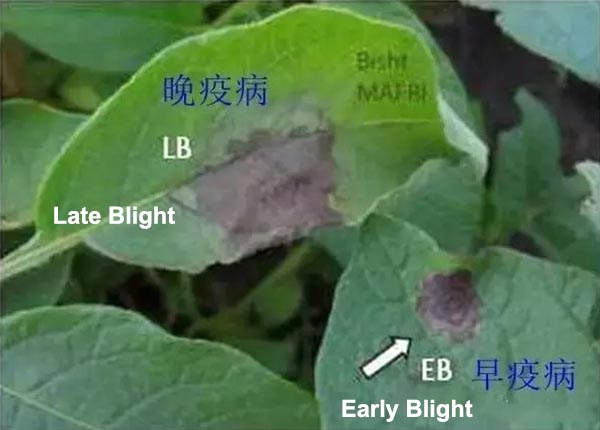Amino acids and nitrogen liquid fertilizer
General Information Dora Amino 30 liquid is amino acids liquid fertilizer containing many kinds of L-Amino acids to provide an instant energy boost during the whole stages of root system development, flowering and fruiting for all crops. Specification Free Amino acids ≥30%(w/v) Appearance: dark brown liquid Density 1.25g/ml Total Nitogen ≥8% pH 4.5–5.5 Shelf life 2 years Why choose Dora Amino 30 liquid ? Significantly helps increase the rate of photosynthesis enabling plants have a good performance during the whole growth period. Help plants increase the uptake of micronutrients(e.g. Fe, Zn, Mn, Cu) because amino acids is a highly effective natural chelating It is also recommended as a 100% water soluble organic nitrogen fertilizer for fertigation (drip irrigation) and hydroponic irrigation systems. Widely used as a foliar fertilizer in combination with water soluble fertilizers and almost all commercial plant protection agents to enhance their efficiency.




